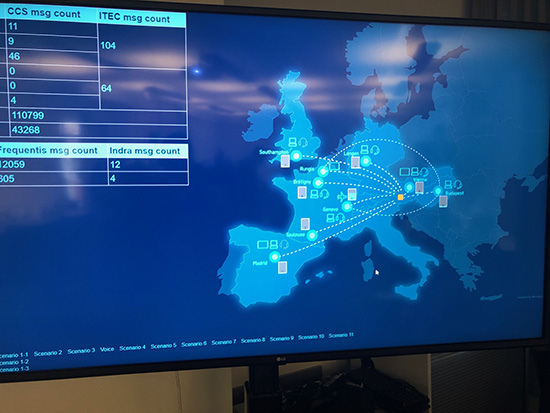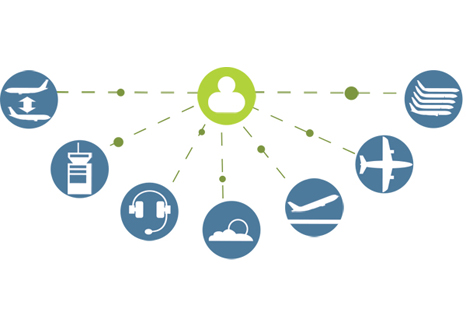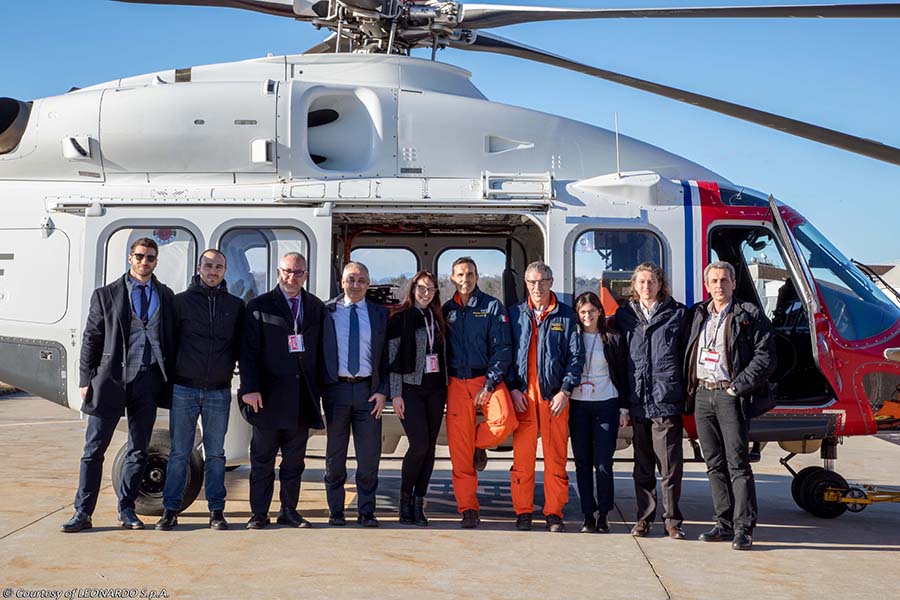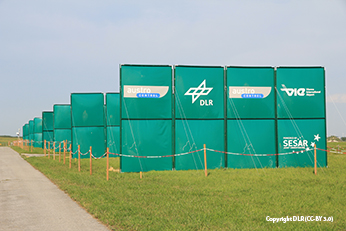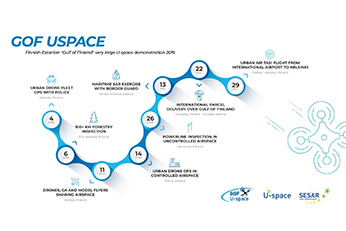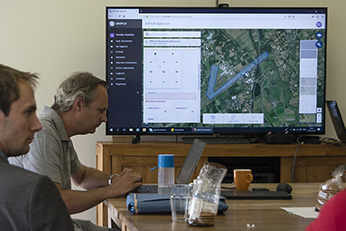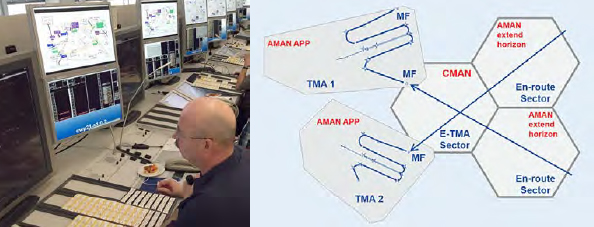Today, ATM in Europe mostly consists of country-based systems and processes, which require customised systems and solutions at each ATM provider. This has led inevitably to a lack of interoperability and higher costs of air navigation services across Europe and an inefficient usage of resources.
The virtual centre refers to the decoupling air traffic management (ATM) data services, such as flight data, radar, and weather information, from the physical controller working position (CWP). The aim is to enable greater flexibility when it comes to organising air traffic control operations and, in doing so, seamless and more cost-efficient service provision to airlines and other airspace users.
On 16 October 2019, SESAR members and partners showcased progress made on the virtual centre, a solution identified in the recently published Airspace Architecture Study as a critical element for optimising Europe’s airspace.
Over 100 participants attended a live demonstration of the solution, which took place at the premises of Frequentis, one of the partners involved in virtual centres. There they witnessed seven air navigation service providers (ANSPs) transferring airspace and flights between one another. The demonstration showcased some of the benefits that full delegation and optimisation of sectors across Europe can provide, namely increased increased cost efficiency with the rationalisation and standardisation of systems and services and increased flexibility made possible through workload balancing, but also increased operational flexibility and better service continuity.
The demonstrations follow extensive research and validation conducted within the framework of the virtual centre project (PJ.16.03) by SESAR Joint Undertaking Members and partners, namely COOPANS, DFS, DSNA, Enaire, ENAV, Eurocontrol, Frequentis, HungaroControl, Indra, Leonardo, LPS SR, NATS, SINTEF, Skyguide, Thales (lead partner), and Air Navigation Services of the Czech Republic.
Read about virtual centres in Airspace Architecture Study

